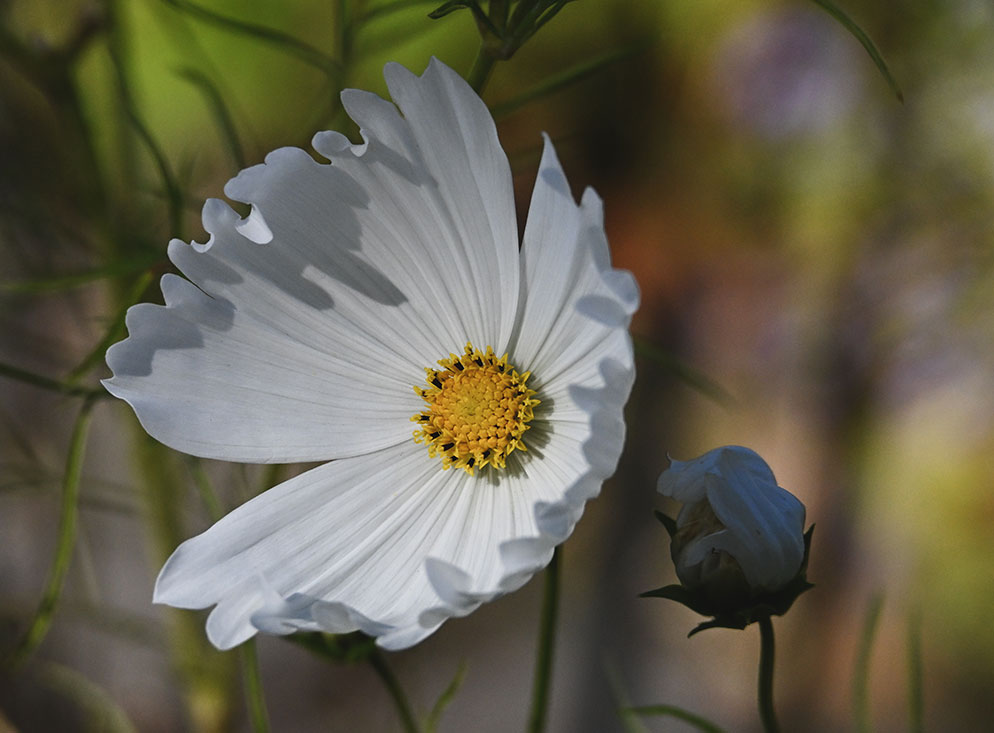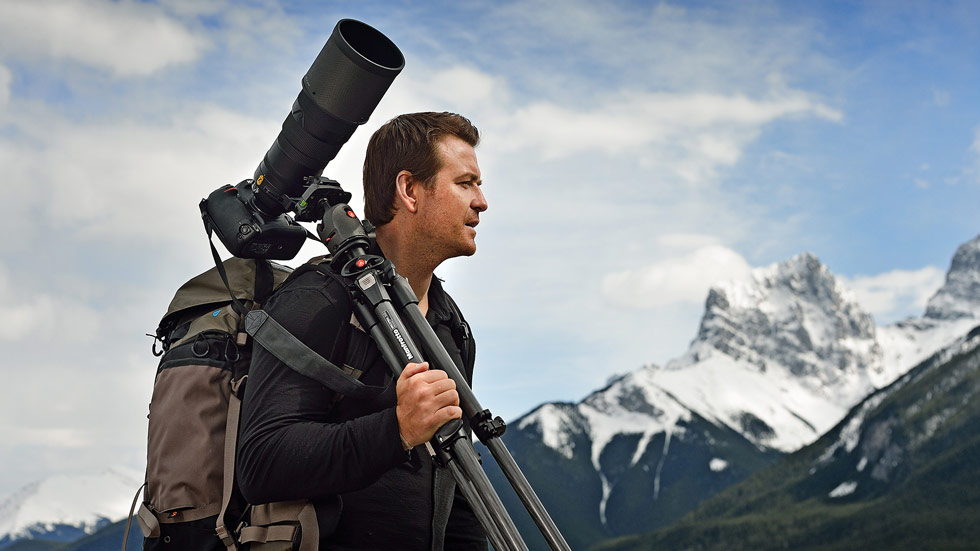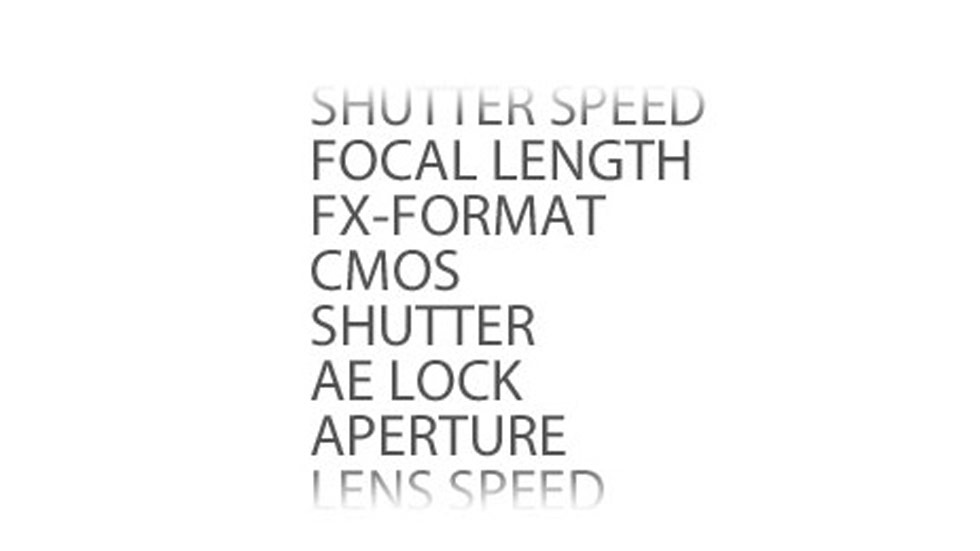What is Aperture? The Key to Sharper, More Creative Photography
Z 8, NIKKOR Z 28-400mm f/4-8 VR at 145mm focal length, 1/4000 second, f/8, ISO 1600, Aperture Priority, Matrix metering. Using an aperture of f/8 allowed the flower to be sharp while the background fell softly out of focus, but not to the point of being completely undistinguishable.
In photography and videography, an understanding of aperture is essential for capturing stunning images and video footage. Simply put, aperture is the opening in your lens that allows light to pass through it to reach the camera sensor. But beyond that, it has a significant role in determining your depth of field, which has a tremendous effect on the sharpness and creative impact of your imagery.
Aperture vs. F-Stop? What’s the difference?
Aperture is measured in f-stops, and they are represented by numbers such as f/2.8, f/5.6 or f/8. The lower the number the larger the opening which allows more light into your lens. Conversely, the higher the number, the smaller the aperture, which lets in less light.
Aperture and Depth of Field
As a creative tool one of the most fun parts of using a particular aperture is its influence on depth of field (DOF). DOF is the range of distance within a scene that appears sharp or in-focus. A wide aperture (low f-stop number) will create shallow depth of field and a narrow aperture (high f-stop number) will produce deep depth of field. A shallow depth of field is generally used to blur out the background and is used heavily in portrait photography to separate a subject from the background. A deep depth of field is often used by landscape photographers to ensure details are preserved throughout the entire frame.
Exposure Control: Aperture
Aperture is one of the three sides of the exposure triangle (along with and shutter speed). When shooting in manual or aperture priority modes, adjusting the aperture allows photographers and videographers to fine-tune their exposure while maintaining control over depth of field.
Aperture is not just a technical aspect but a creative tool in photography that empowers a photographer to express this creative vision. By mastering it, you’ll be able to manipulate depth of field, enhance your composition and achieve optimal exposure with ease. Don’t underestimate its power, it could be the key to unlocking the next level of your photographic potential.
Learn more helpful photography tips from Nikon Canada here!



